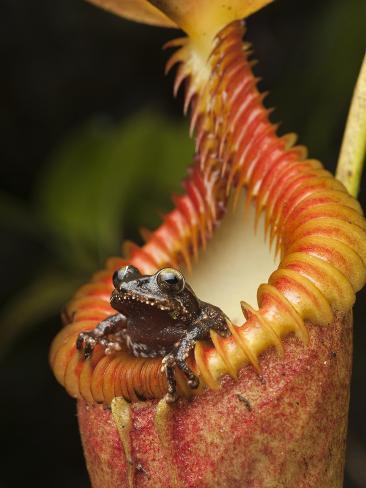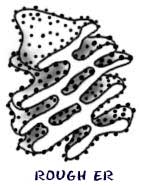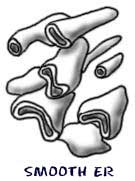Carnivorous plants
He Guys I'm back with some more stuff about plant but, this time I will be talking about the meat eating plants we all know and love.
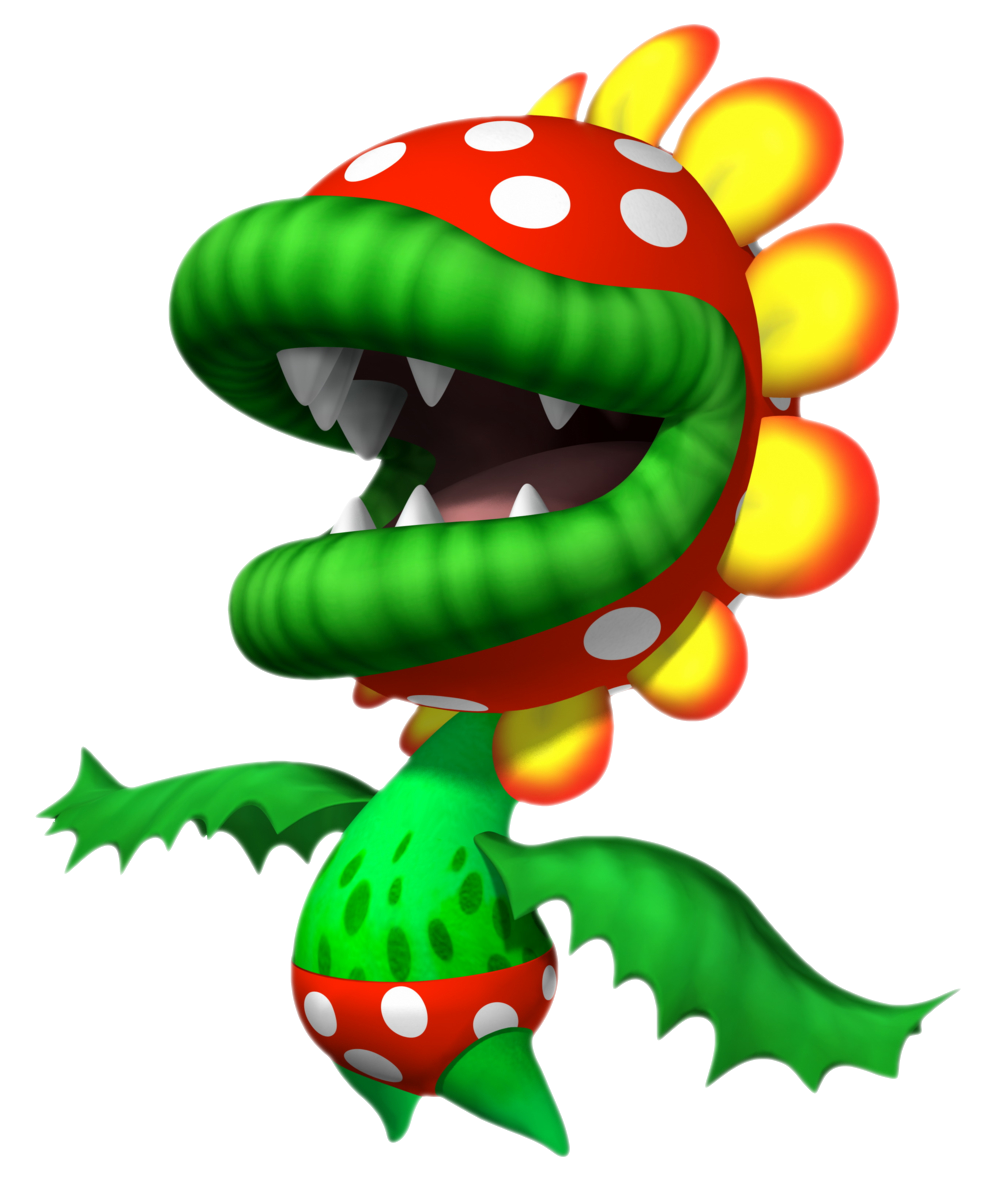 There are over 600 meat eating planting plants in the world. Meat eating plants can make their own food using photosynthesis. If you want to learn more about that look at last weeks post. To be a carnivorous plant or meat eating plant you need to Catch attract insects or animals, trap insects or animals, and eat them. Most meat eating plants live in swampy wet lands. These plants have adapted to eating animals because they cant get enough food from the soil. There are a lot of different plans that eat meat.
There are over 600 meat eating planting plants in the world. Meat eating plants can make their own food using photosynthesis. If you want to learn more about that look at last weeks post. To be a carnivorous plant or meat eating plant you need to Catch attract insects or animals, trap insects or animals, and eat them. Most meat eating plants live in swampy wet lands. These plants have adapted to eating animals because they cant get enough food from the soil. There are a lot of different plans that eat meat.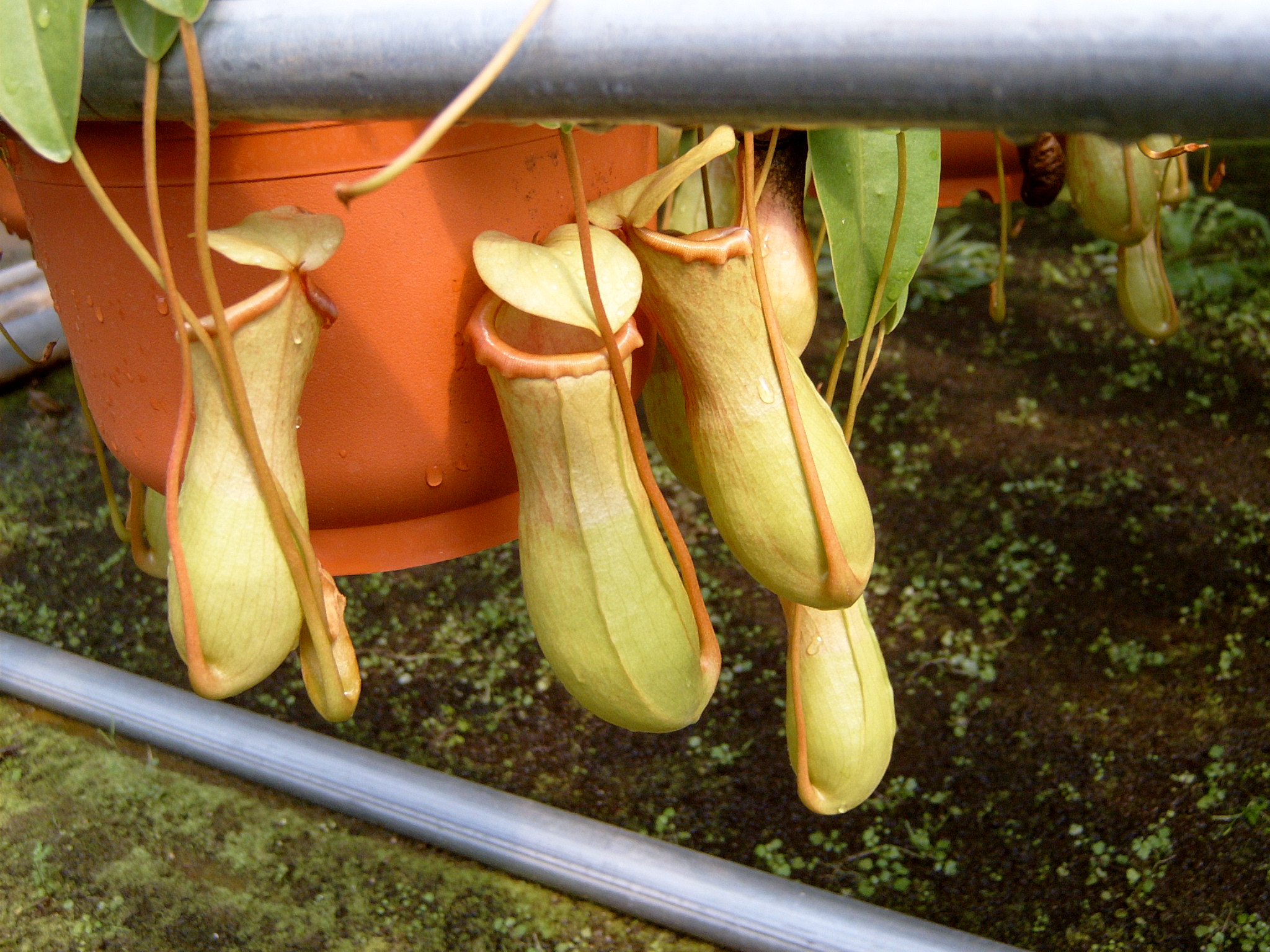 Lets talk about my favorite meat eating plant the venues fly trap. Venues fly traps and eat meat. When a fly lands on the plant it will trigger the plant by stepping on the hairs and then snap. It only grows naturally in north Carolina. when a Fly trap eats it can take 8 to ten days to digest.
Lets talk about my favorite meat eating plant the venues fly trap. Venues fly traps and eat meat. When a fly lands on the plant it will trigger the plant by stepping on the hairs and then snap. It only grows naturally in north Carolina. when a Fly trap eats it can take 8 to ten days to digest.
Now lets talk about the sundews. A lot or even half of them are found in Australia. Sundew can be found in all countries beside Antarctica. The sundew catches bugs in sticky drops an the leaf. After that the leaf curls up and traps the insect forever
Now that we are done with the sundew lets talk about a different plan the pitcher plant Ya! This plant is found in Southwest Asia. It eats bugs like the others but, it also eats Frogs and some other small animals. This plant has thin tubes witch it uses to catch its pray. Sometimes this plant will have a lid on its tube to make shore its plant wouldn't escape. The way the meal is captures is the pray slides down a slippery part inside the tube and is dissolved.
The last plant I will be talking about is the Bladderworts, Yeah. Let me quickly get you interested this plan lives under water. It lives all over the world. They will capture insects bye attracting them with there smell. If the insect gets to close a trap opens and it sucks in water and the insect with it. The proses ends in about 1/3 of a second. That's a fast killer.
Ok I knew that these plants sound dangerous put they are harmless to humans in fact we do more harm to them bye destroying and polluting there home. We should be ashamed. Ok now on to the fast facts then I'm gone.
